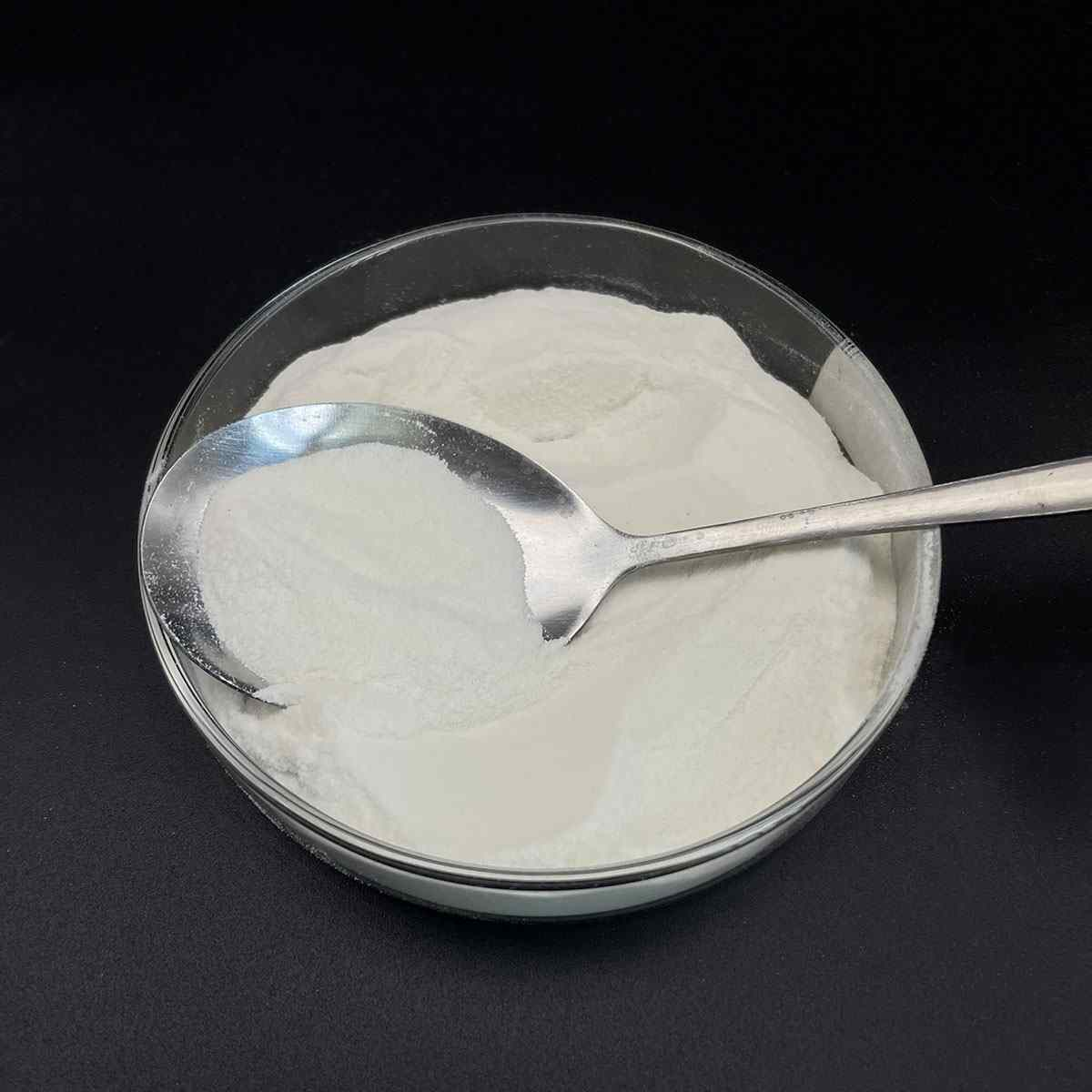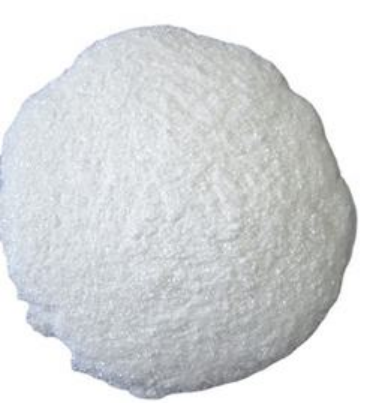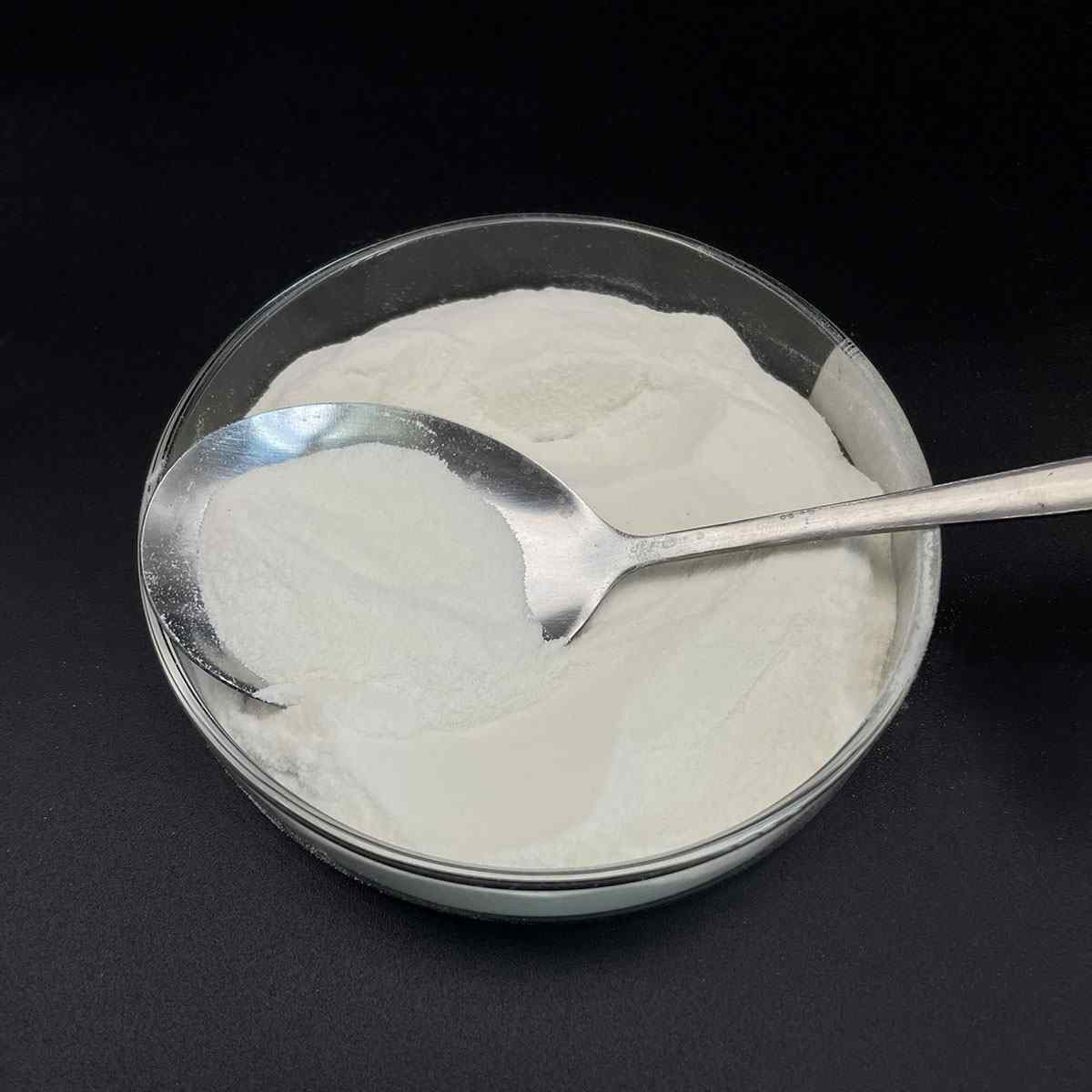1. Introduction
You’ve probably seen ‘sodium lauryl sulfate’ on the back of your shampoo, toothpaste, or even a weed killer bottle. But what exactly is it—and how does it stack up against other surfactants? Whether you’re formulating a gentle facial cleanser or choosing a lawn wetting agent, understanding the differences between SLS and its alternatives is crucial.

In this deep-dive listicle, we compare sodium lauryl sulfate (also known as sodium dodecyl sulfate or SLS) with seven key surfactant categories. We’ll unpack their chemistry, performance, and real-world uses—so you know exactly what you’re working with.
2. Sodium Lauryl Sulfate vs. Sodium Laureth Sulfate (SLES)
Sodium lauryl sulfate (SLS) and sodium laureth sulfate (also called sodium lauryl ether sulfate or sodium lauryl ether sulphate) are often confused—but they’re chemically distinct.
SLS is a straight-chain anionic surfactant derived from dodecyl alcohol. It’s a powerful foaming and cleansing agent but can be harsh on skin. SLES, on the other hand, is ethoxylated—meaning it has ethylene oxide groups added—making it milder and less irritating.
- SLS: stronger degreaser, higher irritation potential
- SLES: better foam stability, gentler on skin, common in shampoos
Both are anionic surfactants, but SLES is preferred in products labeled ‘sulfate-free’ only when SLS is excluded—not SLES. Confusing? Yes. That’s why reading labels matters.
3. SLS vs. Mild Amphoteric Surfactants Like Cocamidopropyl Betaine
Amphoteric surfactants such as cocamidopropyl betaine (also called coco betaine, amidopropyl betaine, or coco amido propyl betaine) behave differently depending on pH. They’re often paired with SLS to reduce irritation.
While SLS alone can strip natural oils, adding cocamidopropyl creates a more balanced lather that’s less drying. These amphoteric surfactants also boost foam volume and improve viscosity.
Key takeaway: SLS isn’t always the villain—it’s how it’s formulated. Many sulfate-based cleansers use amphoteric co-surfactants to offset harshness.
4. SLS vs. Bio-Based Non-Ionic Surfactants (Alkyl Polyglucosides)

Looking for eco-friendly options? Alkyl polyglucosides like decyl glucoside and coco glucoside are non-ionic surfactants made from sugar and coconut oil. They’re biodegradable, non-toxic, and gentle—ideal for baby products or sensitive skin.
Unlike SLS, which is petroleum- or palm-derived and highly foaming, alkyl polyglucosides produce less foam but clean effectively without disrupting the skin barrier.
They’re also used as surfactants for herbicides in organic farming, acting as lawn wetting agents that help active ingredients stick to waxy plant leaves.
5. SLS vs. Other Anionic Surfactants (Sodium Lauroyl Sarcosinate, Sodium Cocoyl Isethionate)
Not all anionic surfactants are created equal. Sodium lauroyl sarcosinate (a sarcosinate) and sodium cocoyl isethionate offer mild cleansing with rich, creamy lather—common in syndet bars and luxury cleansers.
Compared to SLS, these alternatives have larger molecular structures that don’t penetrate skin as deeply, reducing irritation risk. Sodium coco sulfate (sometimes labeled coco sodium sulfate) is another SLS cousin but derived from coconut and slightly milder.
However, they’re less effective at cutting through heavy grease—so SLS still dominates in industrial cleaners and toothpaste where strong detergency is needed.
6. SLS vs. Cationic and Specialty Surfactants
Cationic surfactants like cetyl trimethyl ammonium bromide (CTAB) or cetyltrimethylammonium bromide carry a positive charge—opposite to SLS’s negative (anionic) charge. They’re not used for cleansing but for conditioning (e.g., in hair masks) or as antimicrobials.
Fluoro surfactants and polysorbate 80 (a nonionic surfactant) serve niche roles—like in firefighting foam or drug delivery. Meanwhile, lignin sulfonate, a byproduct of papermaking, acts as a low-cost surfactant in agrochemicals.
SLS doesn’t mix well with cationic surfactants—they neutralize each other. That’s why you won’t find SLS and CTAB in the same formula.

7. SLS in Agriculture: Surfactant for Weed Killer vs. Methylated Seed Oil
Beyond personal care, SLS is used as a surfactant for herbicides. It helps glyphosate (like in Roundup) spread and penetrate plant cuticles. But methylated seed oil (MSO) often outperforms SLS in hard water or drought conditions.
MSO is an oil-based adjuvant that enhances absorption, while SLS is a water-based wetting agent. For a wetting agent for grass, nonionic surfactants like ethoxylated alcohols or Span80 may be more effective and less phytotoxic.
Fun fact: Some farmers avoid SLS due to its potential to cause leaf burn—making bio surfactants or alkyl polyglucosides attractive alternatives.
8. Safety, Sourcing, and Where to Buy
Concerns about SLS often stem from confusion with sodium laureth sulfate or contamination myths. Pure SLS is safe at regulated levels, though it can irritate sensitive skin. It’s not the same as sodium dodecylbenzene sulfonate (a harsher industrial surfactant) or copper 1 bromide (unrelated).
Global suppliers like Rohit Surfactants Private Limited offer sodium lauryl sulfate for sale in bulk for cosmetics, pharma, and agrochemical use. Always verify purity—look for terms like ‘natrium lauryl sulfate’ or ‘na lauryl sulfate’ on technical datasheets.
And no—sls sodium laureth sulfate isn’t a thing. That’s a common labeling error. SLS and SLES are separate ingredients.
9. Conclusion
Sodium lauryl sulfate remains a workhorse surfactant thanks to its effectiveness and low cost. But it’s not always the best choice. From mild amphoteric betaines to plant-derived alkyl polyglucosides, the surfactant landscape offers smarter options depending on your goal—whether it’s gentle cleansing, eco-farming, or stable foam.
Understanding the meaning of surfactant—and the differences between anionic, cationic, nonionic, and amphoteric types—empowers better decisions. So next time you see ‘SLS’ on a label, you’ll know exactly what it brings to the mix.
Our Website founded on October 17, 2012, is a high-tech enterprise committed to the research and development, production, processing, sales and technical services of ceramic relative materials such as 7. Our products includes but not limited to Boron Carbide Ceramic Products, Boron Nitride Ceramic Products, Silicon Carbide Ceramic Products, Silicon Nitride Ceramic Products, Zirconium Dioxide Ceramic Products, etc. If you are interested, please feel free to contact us.


